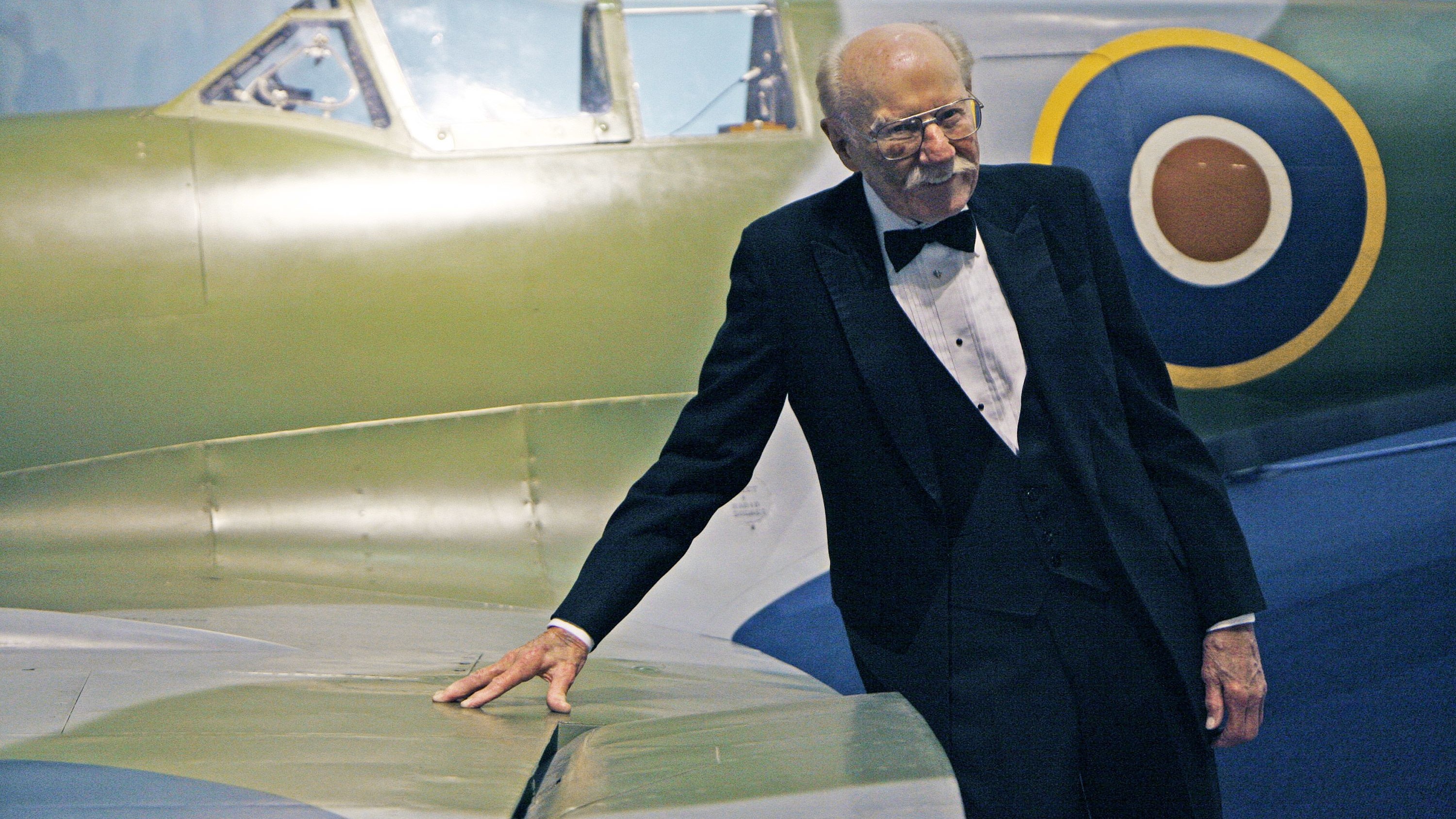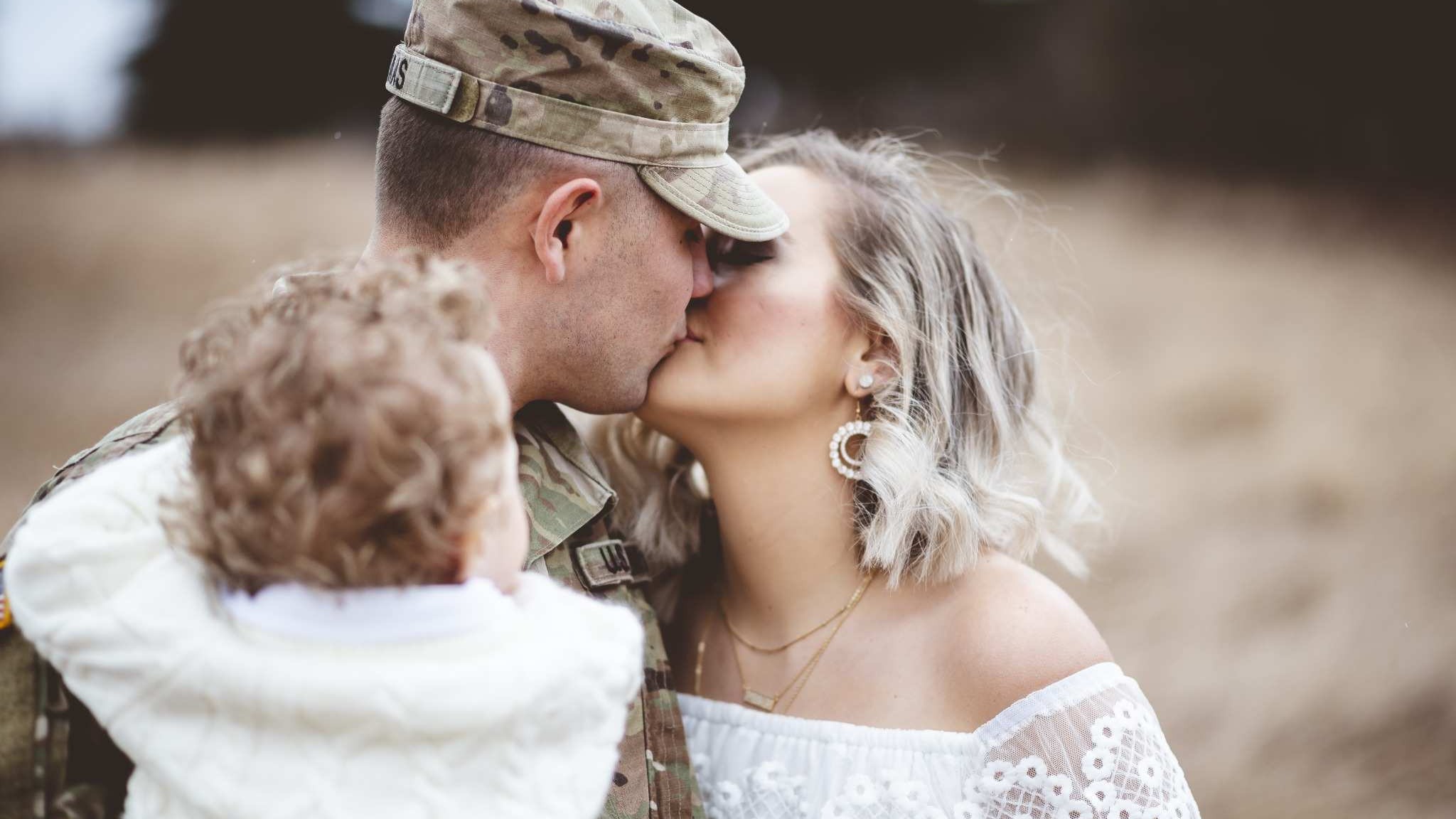
The Unusual Tactics of US Troops in the Cold War
During the height of the Cold War, psychological warfare became a critical element in the United States' attempts to combat communism. One of the most bizarre tactics evidenced in this psychological strategy was the use of imaginative fear-based narratives involving supernatural creatures like vampires and ghosts. While it may sound irrational, these tactics were seen as effective methods to disturb the morale of opposing forces—particularly among soldiers and militants in conflict zones.
Psychological Warfare: More than Just Combat
The concept of using psychological tactics in warfare harkens back to the days when psychological operations were first being formalized in the U.S. military strategy during the 1940s and 1950s. Influential people, such as Edward Lansdale, blended his advertising skills with governmental strategic needs, embedding fear and superstition into the fabric of military operations. The narrative surrounding the aswang, a vampire-like creature from Philippine folklore, was manipulated to instill terror in communist insurgents known as the Huks.
The Aswang Legend: A Tool of Fear
In the Philippines, the belief in the aswang—capable of horrifying transformations—created the groundwork for Lansdale’s infamous (and gruesome) operations. Reports state that Lansdale's troops created an elaborate scenario involving the aswang to frighten Huk rebels. By puncturing the necks of fallen soldiers and placing them in positions that implied a vampire-like attack, they sought to manipulate the beliefs surrounding local folklore to discourage the rebels from fighting.
Real-Life Impact: Scaring Away the Enemy
As much as the tactics might seem like scenes from a fairy tale gone wrong, they were underpinned by serious military objectives. Lansdale believed that if insurgents thought forces like the Huks were being picked off by fearsome creatures, they would be more likely to flee and abandon their posts. In essence, it compounded the psychological weight of the soldiers fighting against the backdrop of a cultural myth deeply embedded in the local consciousness.
Community Perception and Legacy
Were these tactics seen as valorous acts of military heroism by those involved in them? Or were they glimpses into the merciless side of psychological warfare? For the active service members and veterans understanding the gravity of battlefield decisions, the legacy of Lansdale and his techniques can evoke a myriad of emotions: pride, fear, or perhaps ethical confusion. The very fabric of military valor is stitched from choices that sometimes involve morally ambiguous actions in the name of greater strategy.
What Can We Learn? The Value of Psychological Operations
Understanding the intertwining of culture, folklore, and military tactics poses significant questions about the ethics of such methods. It offers insights into how military leadership can shape operational success, not just through firepower, but by carefully understanding and manipulating the values and beliefs of the populations they are engaged with. This compelling aspect of military valor helps frame the way we honor veterans and recognize their contributions to community safety and well-being.
A Call to Reflect on Military Valor
As we admire the courageous decisions made by military legends, it’s vital to recognize the complexities behind every choice. The stories of valor remind us not just of bravery in conventional combat, but also of the intricate battles fought in the minds of adversaries. Reflecting on these actions can bring a deeper appreciation for the sacrifices made by service members and their families across the globe.
 Add Row
Add Row  Add
Add 




Write A Comment